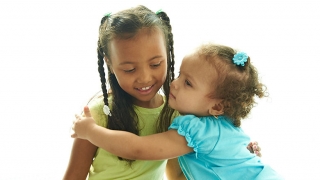Nonpoisonous Berries
CHOP’s Poison Control Center receives numerous calls about children who have eaten wild berries.
If your child has swallowed something that you suspect might be poisonous, call the Poison Control Center at 1-800-222-1222.
The most commonly found non-poisonous berries in the mid-Atlantic region include:
Dogwood tree
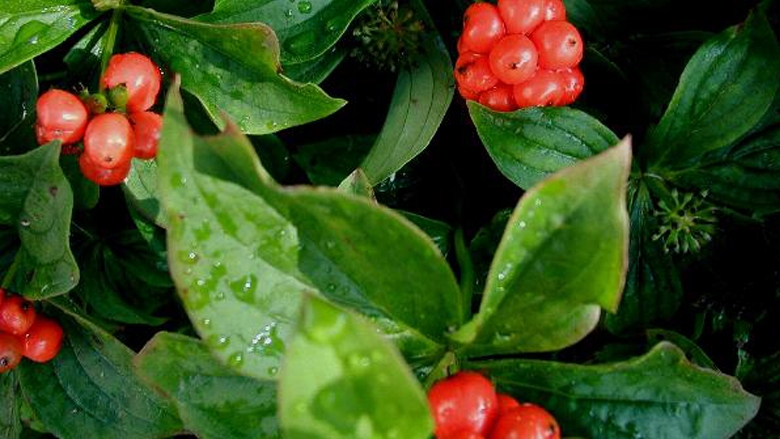
A Dogwood tree is a spring flowering tree that bears pink or white flowers. In the fall, bright red berries appear at the point where the leaves meet the branches. Dogwood berries are not toxic when eaten, but there have been reports of rashes after skin contact with the tree.
Honeysuckle
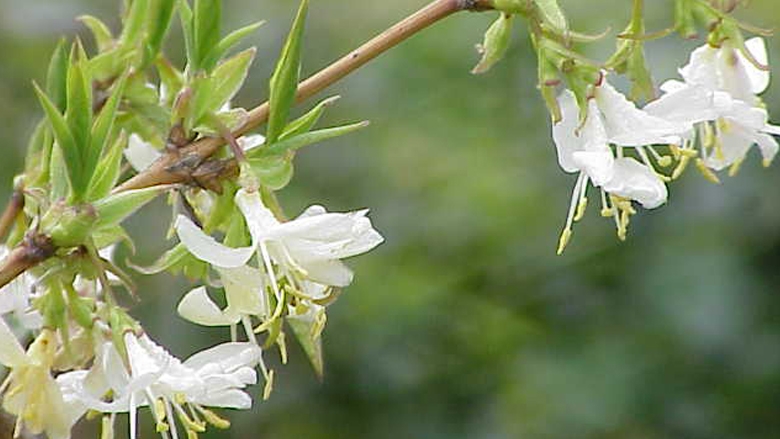
Honeysuckle is a climbing vine that produces sweetly fragrant white or yellow flowers. Children often like to suck the honey from the flowers in the spring. In the fall, the vine produces red or orange berries. Neither the flowers nor the berries are reported to be poisonous.
Mistletoe

Mistletoe is an evergreen herb with white to pink berries used to decorate for the holidays. Mistletoe berries are considered relatively nontoxic in small quantities. Large amounts of the berries can cause stomach upset. Other parts of the plant can also cause visual disturbances and convulsions, or shaking. Such complications have been associated with ingesting extracts of the plant (e.g., tea).
Pyracantha
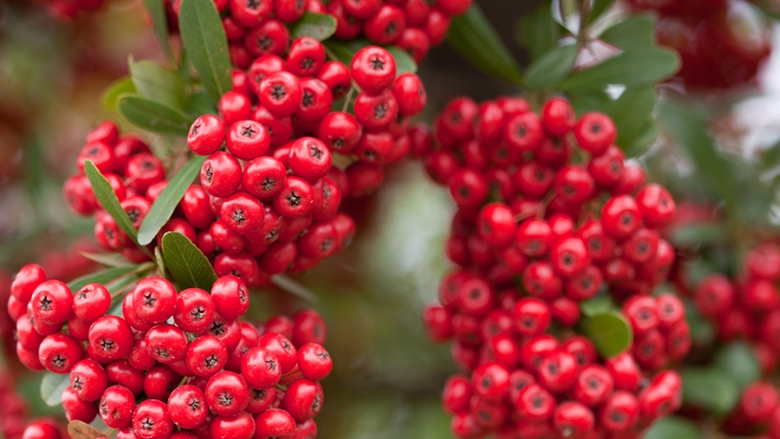
Pyracantha is also known as "Fire Thorn" because the thorns can cause an irritating rash. It is an evergreen shrub with orange-red and yellow berries that grow in clusters. The bright-colored berries make it a popular landscaping choice. Pyracantha berries are not considered poisonous unless large amounts are eaten; some sources even report them to be edible.
Wild strawberries
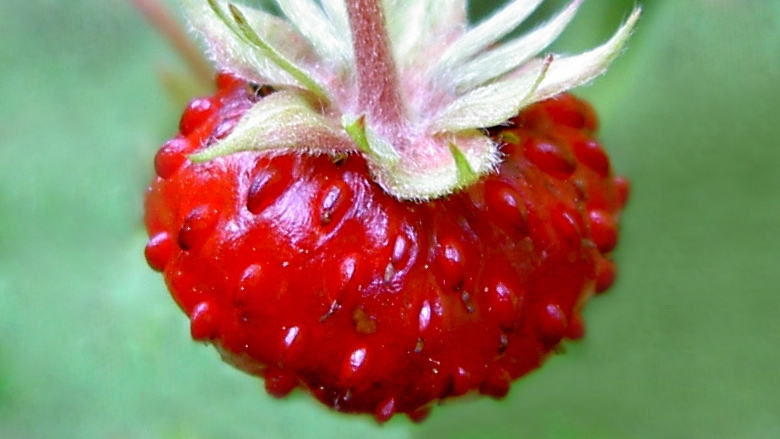
Wild strawberries are a version of the edible strawberry. They look exactly like the strawberry you may find in a grocery store, but the taste is not as sweet. Wild strawberries are not poisonous. They grow in the spring, summer and fall.
